Home>Garden Essentials>What Is Pruning In Landscaping
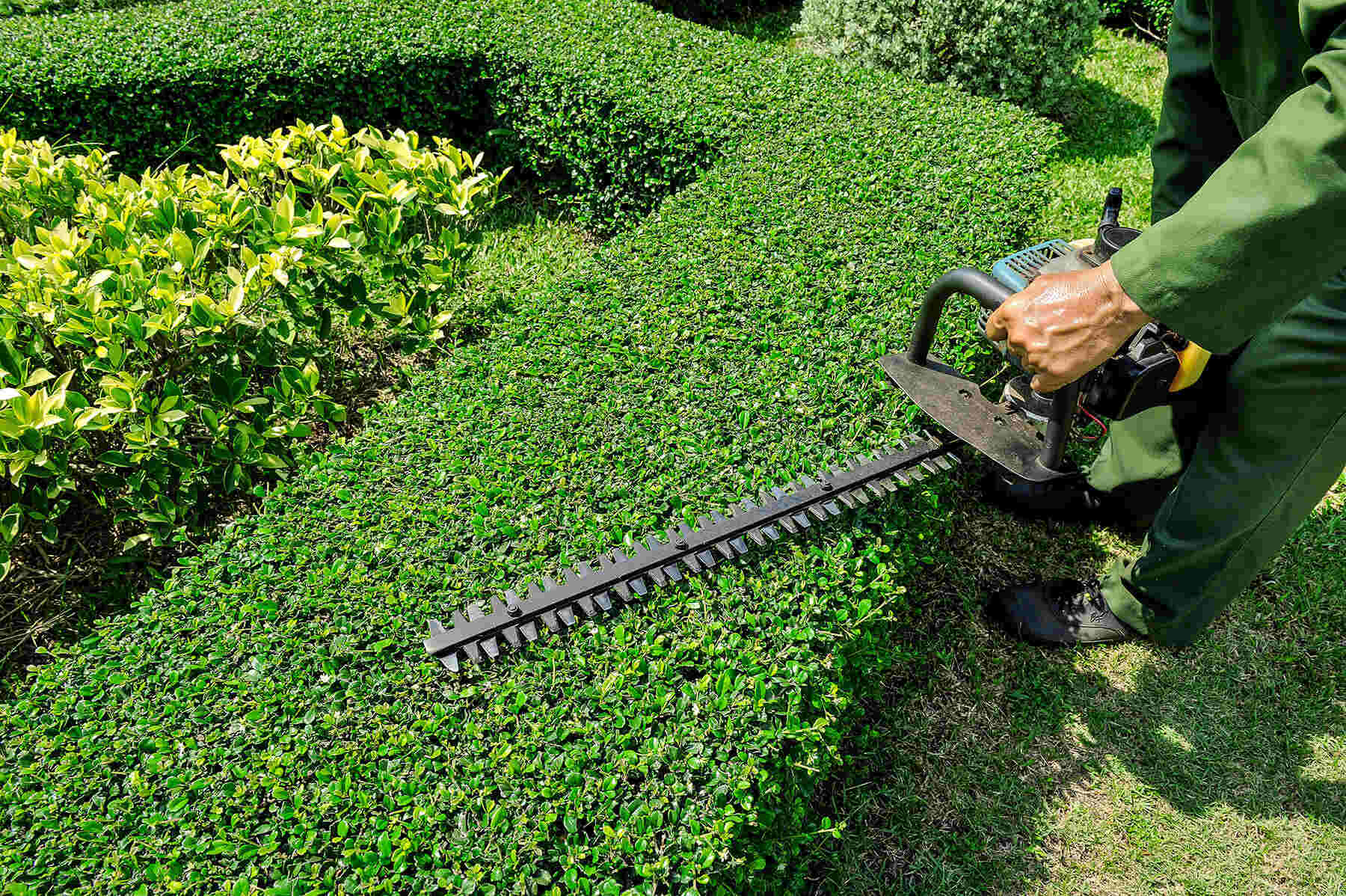

Garden Essentials
What Is Pruning In Landscaping
Modified: March 7, 2024
Learn about the importance of pruning in garden landscaping and how it enhances the growth and overall beauty of your garden. Discover expert tips and techniques for successful garden pruning.
(Many of the links in this article redirect to a specific reviewed product. Your purchase of these products through affiliate links helps to generate commission for Storables.com, at no extra cost. Learn more)
Introduction
As the saying goes, “A well-tended garden is a thing of beauty.” However, achieving that level of beauty requires more than just planting flowers and watering them regularly. One crucial aspect of garden maintenance is pruning. Pruning plays a vital role in landscaping, promoting healthy growth and enhancing the overall aesthetics of your garden.
Pruning is an age-old technique that involves selectively removing parts of plants, such as branches, buds, or roots. This technique is used for various reasons, including shaping plants, encouraging new growth, removing dead or diseased parts, and managing the size of the plant.
In this article, we will explore the art of pruning in landscaping and delve into the essential techniques, tools, and tips that can help you achieve the best results in your garden.
But why is pruning so important in landscaping? Let’s find out in the next section.
Key Takeaways:
- Pruning is like giving your plants a haircut! It helps them grow healthy, look pretty, and produce more flowers and fruits. Just like you need a trim, so do your plants!
- Using the right tools and pruning at the right time is crucial for happy, thriving plants. Remember, pruning is an art, so take your time and enjoy shaping your garden!
Read more: How To Store Prunes
Definition of Pruning
Pruning is an essential practice in horticulture and landscaping that involves selectively removing specific parts of a plant to promote its health, shape, and overall growth. It is a skillful technique that requires precision and knowledge of plant biology.
The primary objectives of pruning are:
- Shaping: Pruning allows you to shape plants according to your desired aesthetic preferences. It helps maintain their form, keeping them visually appealing.
- Health and Vigor: By removing dead, diseased, or damaged branches, pruning encourages the growth of new, healthy branches. This promotes the overall health and vitality of the plant.
- Size Management: Controlling the size of plants is essential, especially in confined garden spaces. Pruning helps maintain plants at an optimal size, preventing them from growing too large and overwhelming the landscape.
- Enhancing Flowering and Fruiting: Pruning can stimulate the production of flowers and fruits by directing the plant’s energy towards these areas.
- Encouraging Airflow and Sunlight Penetration: Proper pruning opens up the canopy, allowing for better airflow and sunlight penetration. This reduces the risk of diseases and promotes photosynthesis.
It’s important to note that pruning is not a one-size-fits-all approach. Different plants have different pruning requirements based on their growth habits, flowering cycles, and overall characteristics. Understanding the specific needs of each plant is crucial to ensure effective and proper pruning.
Now that we have a clear understanding of what pruning entails, let’s explore the numerous benefits it offers in the context of landscaping.
Benefits of Pruning in Landscaping
Pruning plays a vital role in maintaining a healthy and visually appealing landscape. Here are some of the key benefits of pruning in landscaping:
- Promotes Healthy Growth: Pruning helps remove dead, diseased, or damaged branches, preventing the spread of infection to other parts of the plant. By doing so, it promotes overall plant health and vitality.
- Enhances Aesthetics: By shaping plants through pruning, you can create visually appealing landscapes. Pruning allows you to maintain desired forms and structures, creating a well-manicured appearance.
- Controls Size and Encourages Compact Growth: Some plants have a tendency to grow excessively, which can overcrowd the garden. Pruning helps manage the size of plants, ensuring they stay in proportion to their surroundings.
- Increases Flower and Fruit Production: Proper pruning techniques can stimulate the production of flowers and fruits. By removing old or non-productive branches, you direct the plant’s energy towards new growth and encourage abundant blooms and bountiful harvests.
- Improves Air Circulation and Sunlight Penetration: Pruning opens up the canopy, allowing for better airflow and sunlight penetration. This helps prevent diseases caused by stagnant air and allows for optimal photosynthesis, leading to healthier plants.
- Shapes Plants according to Design Preferences: Pruning gives you the opportunity to shape plants to suit your design preferences. Whether you prefer symmetrical shapes or unique forms, pruning allows you to sculpt plants accordingly.
- Prevents Safety Hazards: Overgrown or weak branches pose a potential risk, especially during storms or high winds. Pruning removes these hazards, making your landscape safer for both people and property.
- Rejuvenates Old or Neglected Plants: Pruning can revitalize old or neglected plants by removing dead or crowded branches. This stimulates new growth and enhances the overall appearance of the plant.
Overall, pruning is an indispensable practice in landscaping that offers numerous benefits. It not only improves the health and appearance of plants but also allows you to exercise creative control over your garden’s aesthetics.
Now that we have explored the benefits of pruning, let’s dive into the various types of pruning techniques you can employ in your landscaping endeavors.
Different Types of Pruning Techniques
Pruning is not a one-size-fits-all technique. Different plants require different pruning techniques to achieve optimal results. Here are some of the common pruning techniques used in landscaping:
- Formative Pruning: This technique is employed on young plants to shape them as they grow. By selectively removing branches and buds, formative pruning helps establish the desired form and structure of the plant. It is especially important for training trees and shrubs into specific shapes.
- Rejuvenation Pruning: As the name suggests, rejuvenation pruning involves cutting back the entire plant to rejuvenate its growth. It is typically done on mature plants that have become leggy or overgrown. Rejuvenation pruning stimulates new growth, giving the plant a fresh start.
- Crown Thinning: Crown thinning is the selective removal of branches within the canopy of a tree or shrub. This technique helps reduce the density of the foliage without altering the overall shape of the plant. Crown thinning improves airflow and sunlight penetration, promoting the health of the tree while maintaining its natural appearance.
- Crown Reduction: Crown reduction involves the removal of larger branches to reduce the overall size of a tree or shrub. It is done to manage the height or spread of a plant, especially when it becomes too large for its surroundings. Crown reduction helps maintain a balanced and proportionate appearance while preserving the overall health of the plant.
- Deadheading: Deadheading is the removal of spent flowers from plants. By removing faded blooms, deadheading not only improves the appearance of the plant but also encourages longer blooming periods and redirects the plant’s energy towards producing more flowers.
- Pruning for Fruit Trees: Fruit trees, such as apple or peach trees, require specific pruning techniques to maximize fruit production. This involves thinning out excess branches, removing dead or diseased wood, and shaping the tree to improve sunlight exposure and airflow.
- Hedge Trimming: Trimming hedges involves regular pruning to maintain a neat, formal appearance. It typically involves shearing off the outermost growth, forming a dense and compact hedge.
These are just a few examples of the various pruning techniques used in landscaping. Each technique serves a specific purpose and should be applied based on the specific needs and characteristics of the plants in your garden.
Now that we understand the different pruning techniques, let’s explore the essential tools and equipment required for successful pruning in landscaping.
Tools and Equipment Required for Pruning
Pruning requires the right tools and equipment to ensure precise and efficient cuts. Here are some essential tools you’ll need for successful pruning in your landscaping endeavors:
- Pruning Shears: Also known as secateurs or hand pruners, pruning shears are handheld cutting tools used to trim small branches, twigs, and stems. They come in different sizes and are suitable for plants with a diameter of up to ¾ inches.
- Loppers: Loppers are pruners with long handles and larger cutting blades. They are designed to cut branches with a diameter of up to 2 inches. Loppers provide more leverage, making them ideal for thicker branches that cannot be easily cut by hand pruners.
- Pruning Saw: A pruning saw has a long, serrated blade designed to cut through larger branches and stems. It is useful when dealing with branches that are too thick for pruning shears or loppers. Pruning saws come in various sizes, with folding options for easy storage.
- Hedge Shears: Hedge shears are used for shaping and trimming hedges, shrubs, and topiaries. They have longer blades and sturdy handles that allow for precise cutting and shaping of foliage.
- Pole Pruners: Pole pruners are used for reaching and cutting higher branches without the need for a ladder. They consist of a telescopic pole with a cutting tool at the end, operated manually or with a cutting pulley system.
- Hand Saw: A hand saw with a narrow, fine-toothed blade is handy for pruning smaller branches that cannot be reached with pruning shears or loppers.
- Gloves: Protecting your hands is essential when pruning, as some plants have thorns or rough surfaces. Invest in a good pair of gardening gloves that offer both comfort and protection.
- Safety Gear: Depending on the size of the branches you are pruning, it may be necessary to wear safety goggles, a helmet, or ear protection to safeguard against falling debris or injury.
Before using any pruning tools, make sure they are clean and sharp to ensure smooth cuts and prevent damage to the plants. Clean your tools with a disinfectant to prevent the spread of diseases between plants.
Now that we have the necessary tools, let’s delve into the best time to prune in different seasons.
When pruning in landscaping, make sure to use sharp, clean tools to make precise cuts. Remove dead or overgrown branches to promote healthy growth and improve the overall appearance of the plants.
Read more: How To Make Prunes In A Dehydrator
When to Prune in Different Seasons
Pruning at the right time is essential for the health and growth of your plants. The timing varies depending on the specific plant species and its growth habits. Let’s take a closer look at when to prune in different seasons:
- Spring: Spring is a common time for pruning because it’s when plants begin their active growth phase. Early spring is the ideal time to prune fruit trees and deciduous trees before new growth emerges. It’s also a good time to prune flowering shrubs after they have finished blooming. Be cautious with spring-flowering plants, as pruning after they have budded may result in loss of blooms.
- Summer: Summer is generally not the optimal time for extensive pruning, as plants are actively growing and may have already set flower buds. However, it is a suitable season for pruning hedges and removing any dead or damaged branches. It’s best to avoid heavy pruning during the hot summer months, as it can stress the plants.
- Fall: Fall is an excellent time for selective pruning. It’s a good opportunity to remove dead or diseased branches before winter sets in. However, avoid major pruning that may stimulate new growth, as plants need to prepare for dormancy.
- Winter: Dormant pruning is often done in winter before new growth begins in spring. This is the time to prune deciduous trees, shrubs, and roses when they are leafless and dormant. Winter pruning helps shape plants, remove crossing or rubbing branches, and control size.
It’s important to research specific plant species to determine the best time for pruning, as some plants may have unique requirements. Additionally, it’s essential to consider local climate conditions and frost dates, as they can impact when to prune in your specific region.
Remember, regardless of the season, it’s crucial to assess your plants’ health and growth patterns before pruning. Observing the plants’ specific needs and understanding their natural growth cycles will help determine the most appropriate time to prune for optimal results.
Now that we have a clear understanding of the pruning timing, let’s delve into some valuable tips and techniques to ensure successful pruning in your garden.
Pruning Tips and Techniques
Pruning can be an artform when done correctly. Follow these tips and techniques to ensure you achieve the best results in your pruning endeavors:
- Start with Clean and Sharp Tools: Before pruning, ensure that your tools are clean and sharp. Clean tools with a disinfectant to prevent the spread of diseases, and sharpen them for clean and precise cuts.
- Identify the Purpose for Pruning: Determine the purpose of your pruning before you start. Are you pruning to shape the plant, remove deadwood, or encourage more blooms? Having a clear goal in mind will help guide your pruning decisions.
- Observe Proper Pruning Techniques: When making cuts, use proper pruning techniques. Make clean cuts just above a bud or lateral branch, angled away from the bud. Avoid leaving stubs or cutting too close to the bud, as this can impede growth or create an entry point for diseases.
- Prune Gently: Take your time when pruning and avoid excessive cutting. Prune in small increments, stepping back periodically to assess the plant’s shape and overall appearance. It’s easier to remove more later if needed, but you cannot undo over-pruning.
- Remove Dead, Diseased, and Crossing Branches: One of the primary purposes of pruning is to remove dead, diseased, or crossing branches. These branches hinder the plant’s growth and can lead to the spread of diseases. Regularly inspect your plants and remove any such branches as necessary.
- Keep Pruning Tools Clean: After each pruning session, clean your tools to prevent the spread of diseases between plants. Disinfect tools by wiping them with a cloth soaked in rubbing alcohol or a household disinfectant.
- Consider the Plant’s Shape and Growth Habit: Each plant has its own growth habit and natural shape. As you prune, take into account the natural form of the plant and prune accordingly to maintain its intended shape. Avoid shaping plants into unnatural or unsustainable forms.
- Regularly Maintain Young Plants: Formative pruning is crucial for young plants to encourage proper growth and shape. Regularly remove any crossing, damaged, or weak branches to promote a strong structure and ensure a healthy plant as it matures.
- Prune After Flowering: For flowering plants, pruning immediately after they have finished blooming is often ideal. This allows the plant to set buds for the next season’s flowers without interrupting the blooming cycle.
Remember, different plants may require specific pruning techniques or have unique considerations. Research the specific pruning needs of each plant in your garden to ensure you prune them correctly and maximize their growth and health.
By following these tips and techniques, you’ll be well on your way to mastering the art of pruning and maintaining a beautiful and healthy garden.
Now, let’s explore some common mistakes to avoid when pruning to ensure you get the best results.
Common Mistakes to Avoid When Pruning
Pruning is a delicate process that, when done correctly, can greatly benefit your plants. However, there are some common mistakes that novice gardeners often make. By being aware of these mistakes, you can avoid them and ensure successful pruning in your garden:
- Over-Pruning: Removing too many branches or foliage at once can put unnecessary stress on the plant. Avoid over-pruning by following the general guideline of removing no more than one-third of the plant’s foliage at a time.
- Pruning at the Wrong Time: Pruning at the wrong time of year can harm or even kill certain plants. Research the appropriate pruning times for each specific plant to ensure you prune at the right time for optimal health and growth.
- Using Dull Tools: Pruning with dull tools can result in jagged and uneven cuts, which can damage the plant and make it more susceptible to diseases. Keep your pruning tools sharp to ensure clean and precise cuts.
- Failure to Disinfect Tools: Failing to clean and disinfect your pruning tools can lead to the spread of diseases between plants. After each pruning session, clean your tools with a disinfectant to prevent cross-contamination.
- Improper Cuts: Making improper cuts, such as leaving stubs or cutting too close to the bud, can hinder the plant’s growth and create entry points for diseases. Follow proper pruning techniques and make clean cuts just above a bud or lateral branch.
- Poor Shaping Decisions: Pruning with a heavy hand can result in unnatural or unbalanced shapes. Avoid making drastic shaping decisions and instead work with the natural growth habit of the plant to achieve a more aesthetically pleasing form.
- Ignoring Plant Species Differences: Each plant has unique pruning requirements based on its growth habit, flowering cycle, and overall characteristics. Understand the specific pruning needs of each plant in your garden and tailor your pruning techniques accordingly.
- Not Pruning Regularly: Regular and consistent pruning is important to maintain the health and shape of your plants. Ignoring or neglecting regular pruning can result in overgrowth, weak branches, and decreased overall plant vitality.
- Pruning During Extreme Weather: Avoid pruning during extreme weather conditions such as extreme heat or freezing temperatures. Pruning during these times can stress the plants further and hinder their ability to recover.
By being mindful of these common pruning mistakes, you can avoid causing harm to your plants and ensure they thrive and flourish in your garden.
Now that we have explored common pruning mistakes to avoid, let’s summarize the importance of pruning in landscaping.
Conclusion
Pruning is a fundamental practice in landscaping that offers numerous benefits to both the health and aesthetics of your garden. By selectively removing specific parts of plants, such as branches or buds, you can shape, promote growth, control size, and enhance the overall beauty of your landscape.
Throughout this article, we have explored the definition of pruning, the benefits it provides in landscaping, different pruning techniques, essential tools and equipment required, the best times to prune in different seasons, valuable tips and techniques, and common mistakes to avoid.
Pruning not only promotes healthy growth and vigor but also allows you to create and maintain visually appealing gardens. Whether you are shaping shrubs into neat hedges, rejuvenating old plants, or controlling the size of trees, pruning is an essential technique to achieve the desired results.
Remember to prune with care, using clean and sharp tools, and following proper techniques. Take the time to understand the specific needs of each plant in your garden, considering their growth habits and timing for pruning.
By avoiding common mistakes and practicing regular pruning, you can ensure the health and beauty of your plants while creating a stunning and well-maintained landscape.
So go ahead, grab your pruning shears and engage in the art of pruning. Your garden will thank you with vibrant growth, abundant blooms, and a visually captivating display.
Happy pruning!
Frequently Asked Questions about What Is Pruning In Landscaping
Was this page helpful?
At Storables.com, we guarantee accurate and reliable information. Our content, validated by Expert Board Contributors, is crafted following stringent Editorial Policies. We're committed to providing you with well-researched, expert-backed insights for all your informational needs.
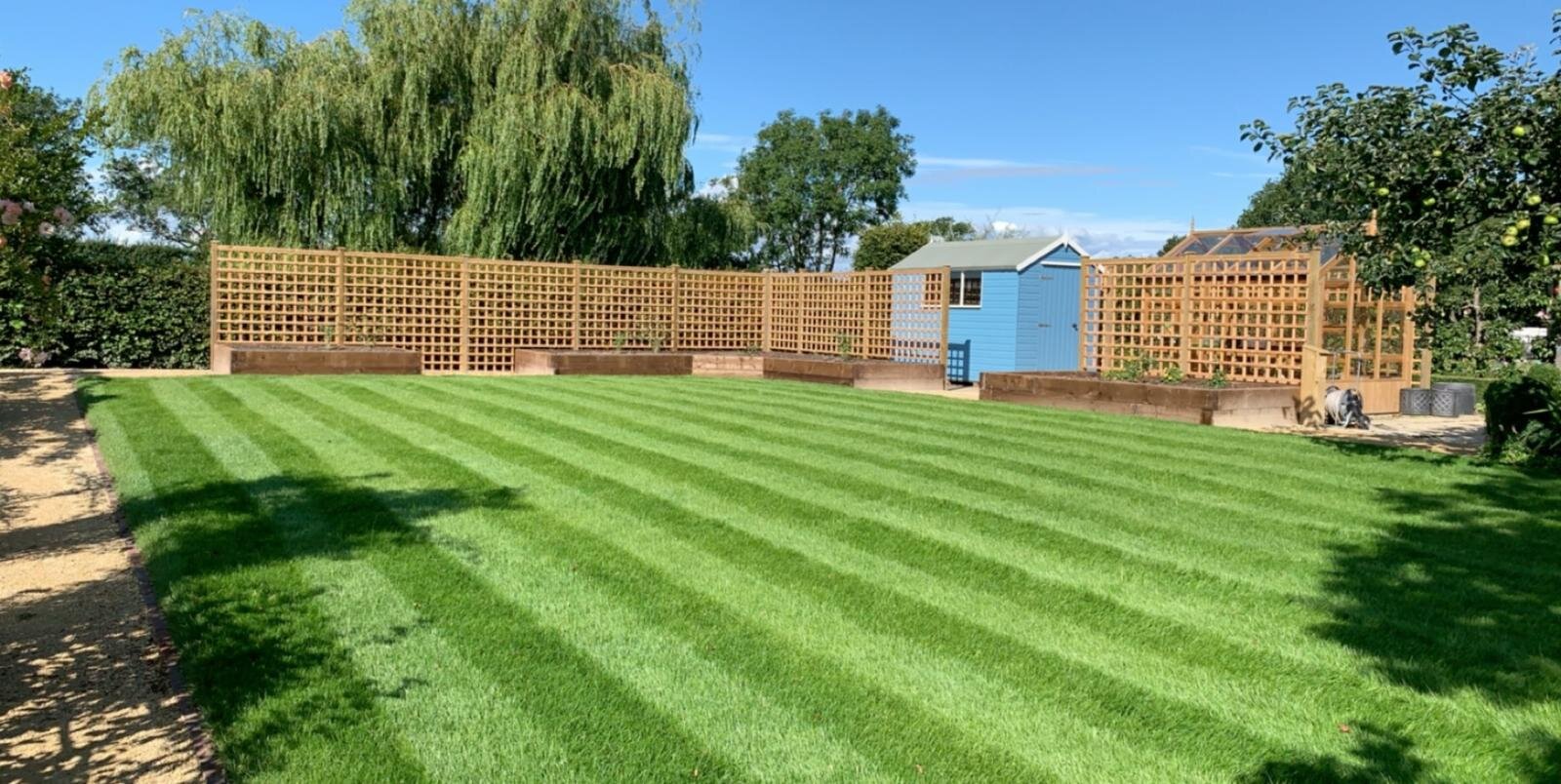
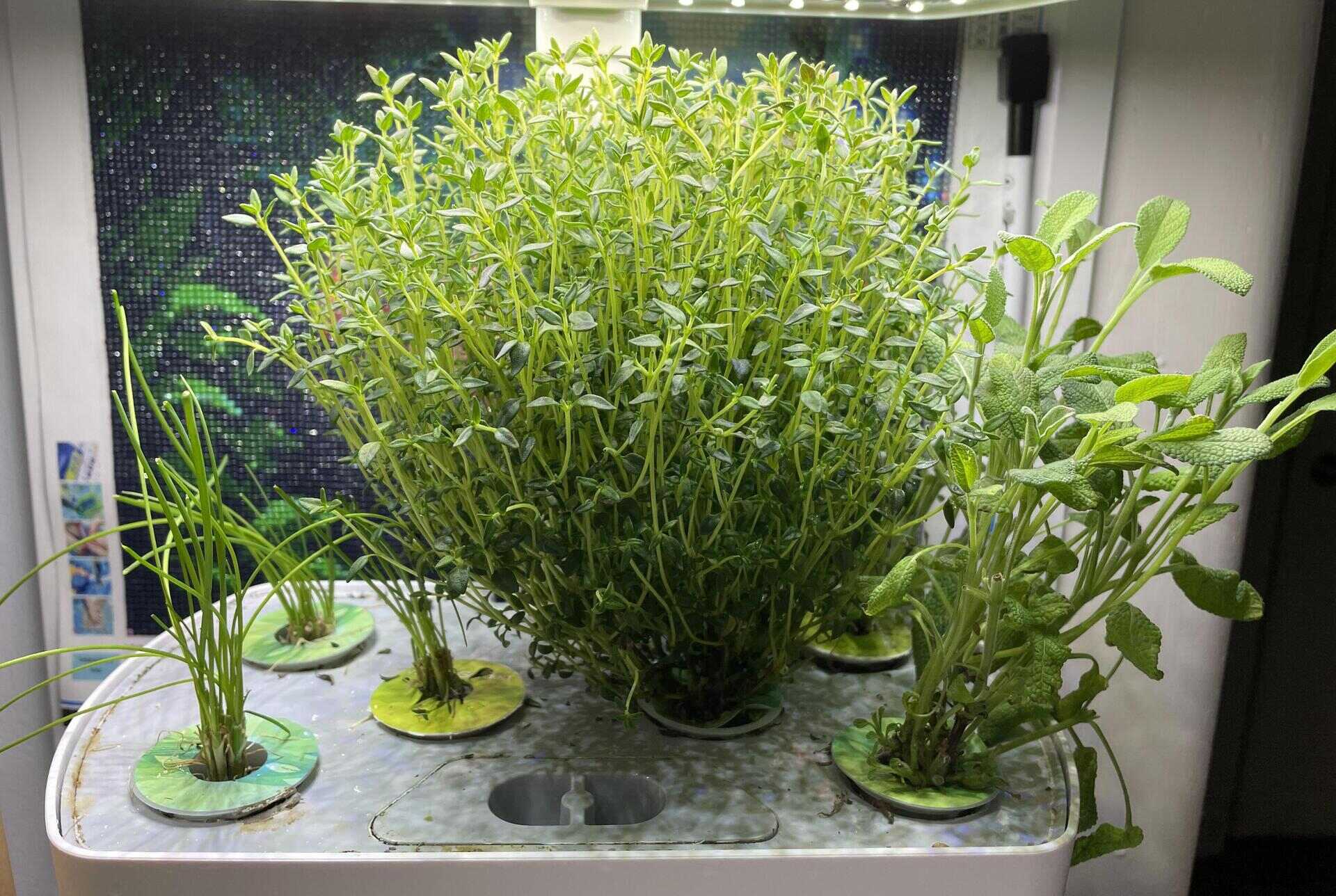
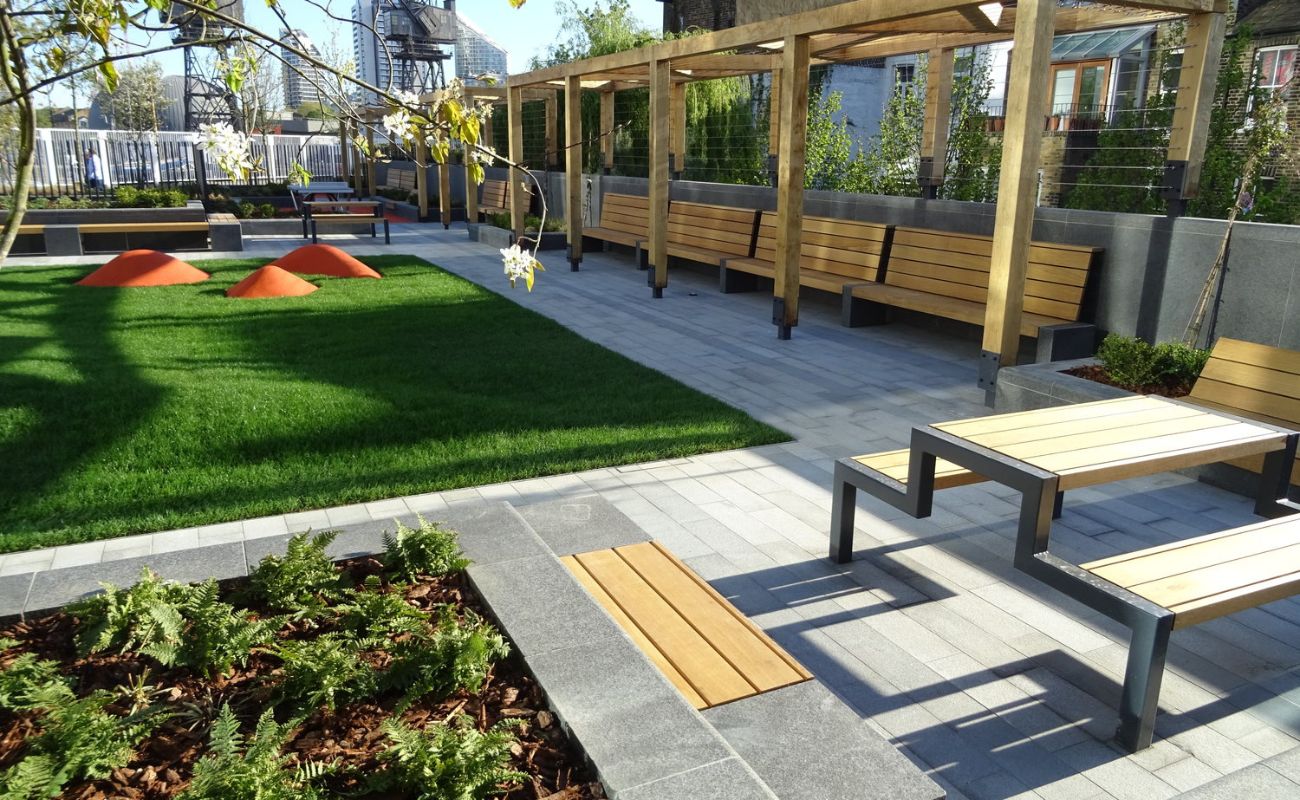
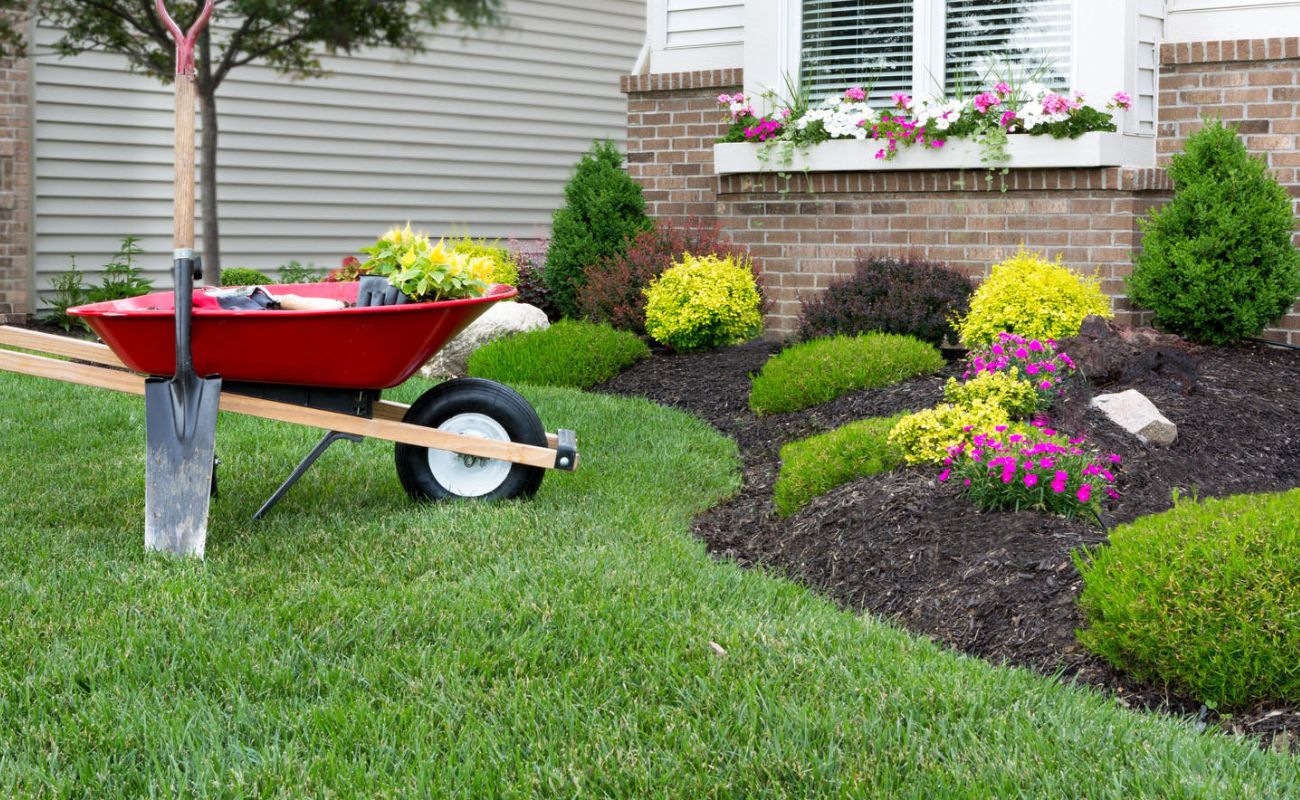
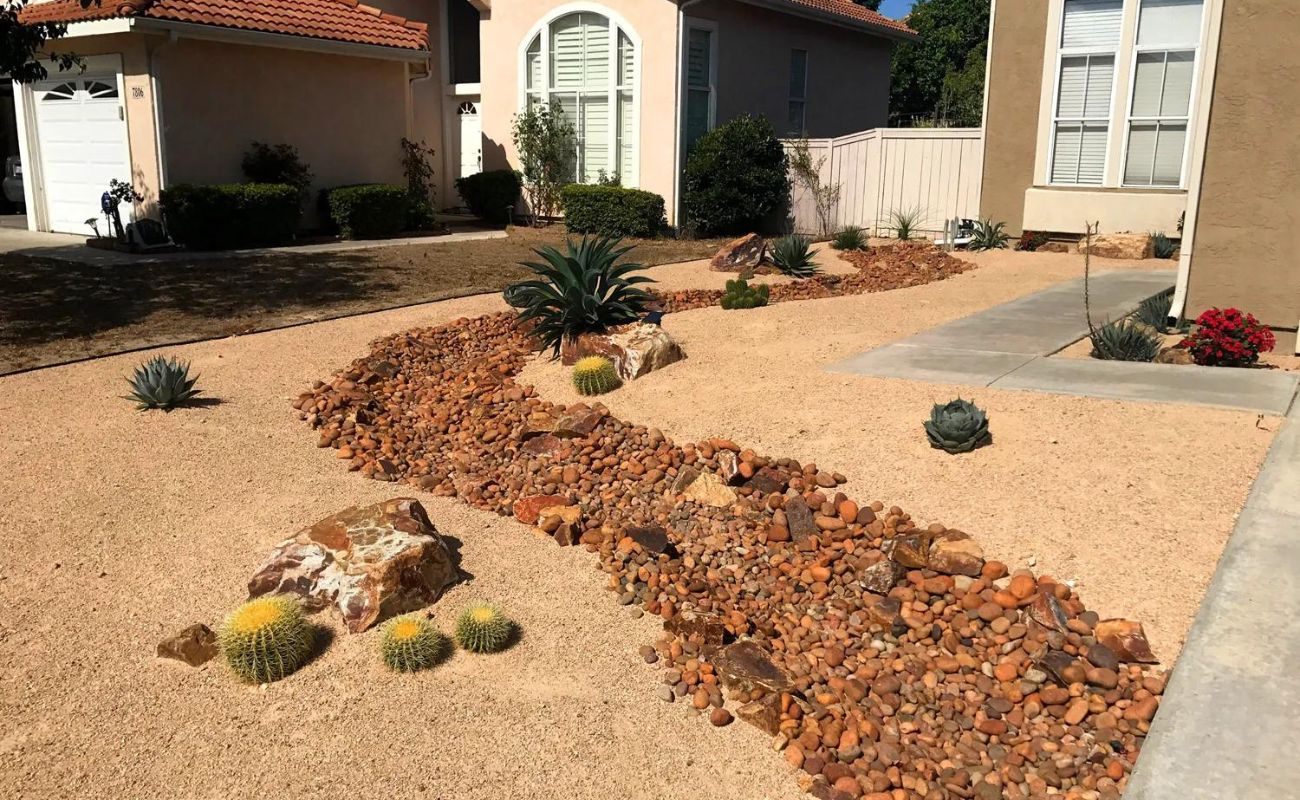
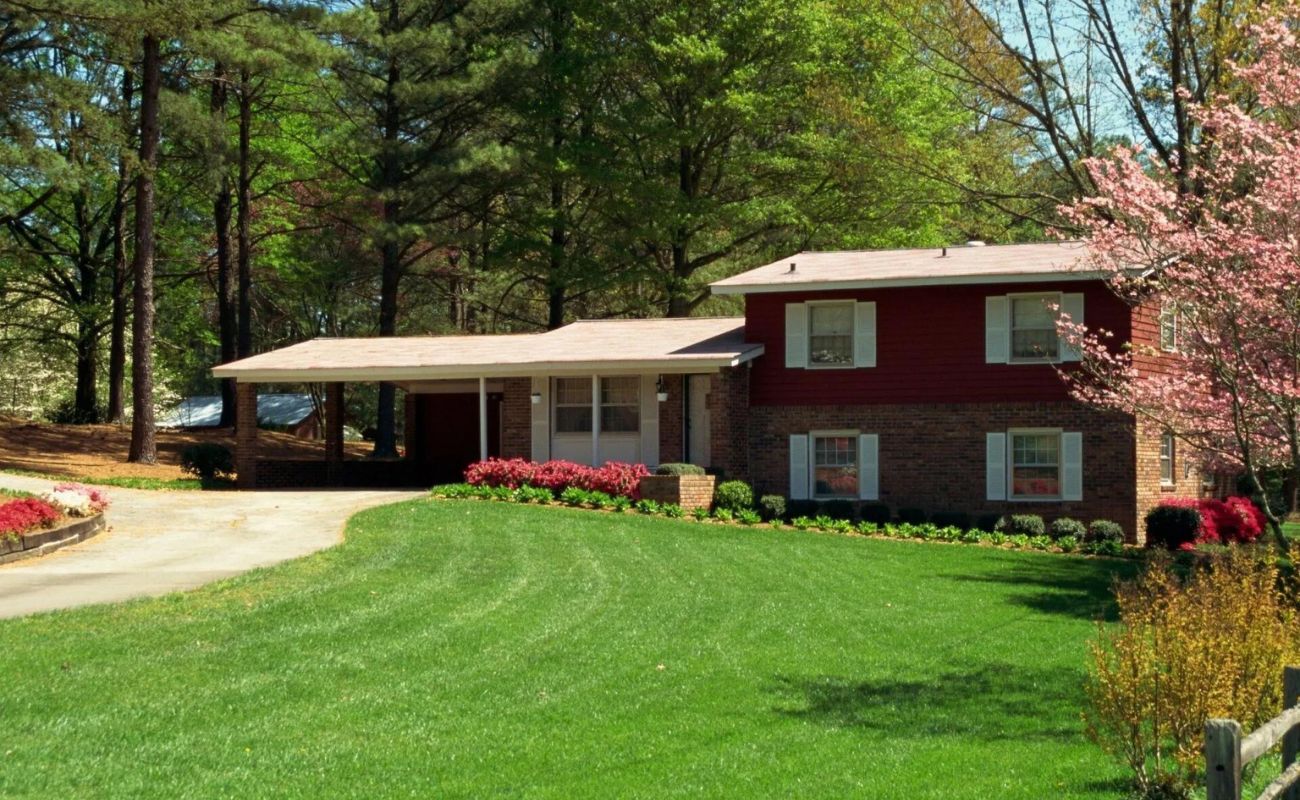

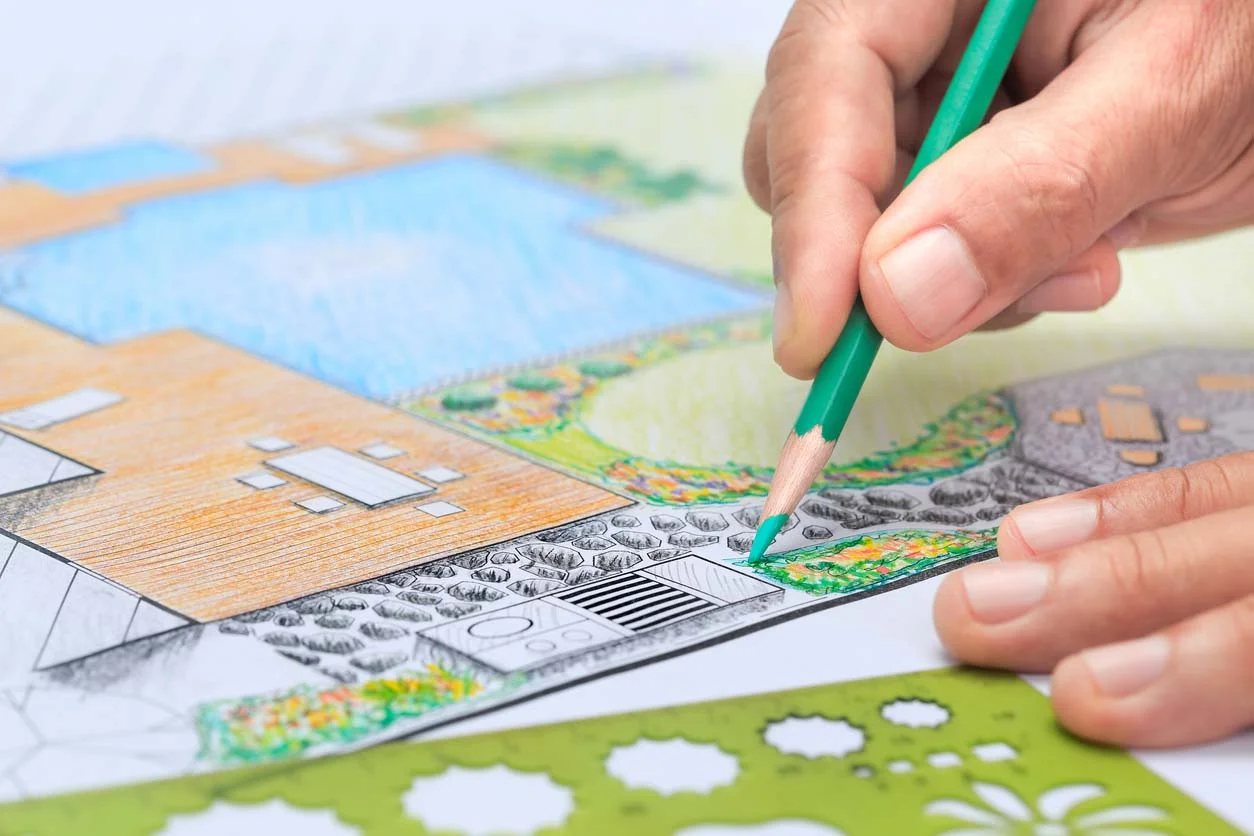
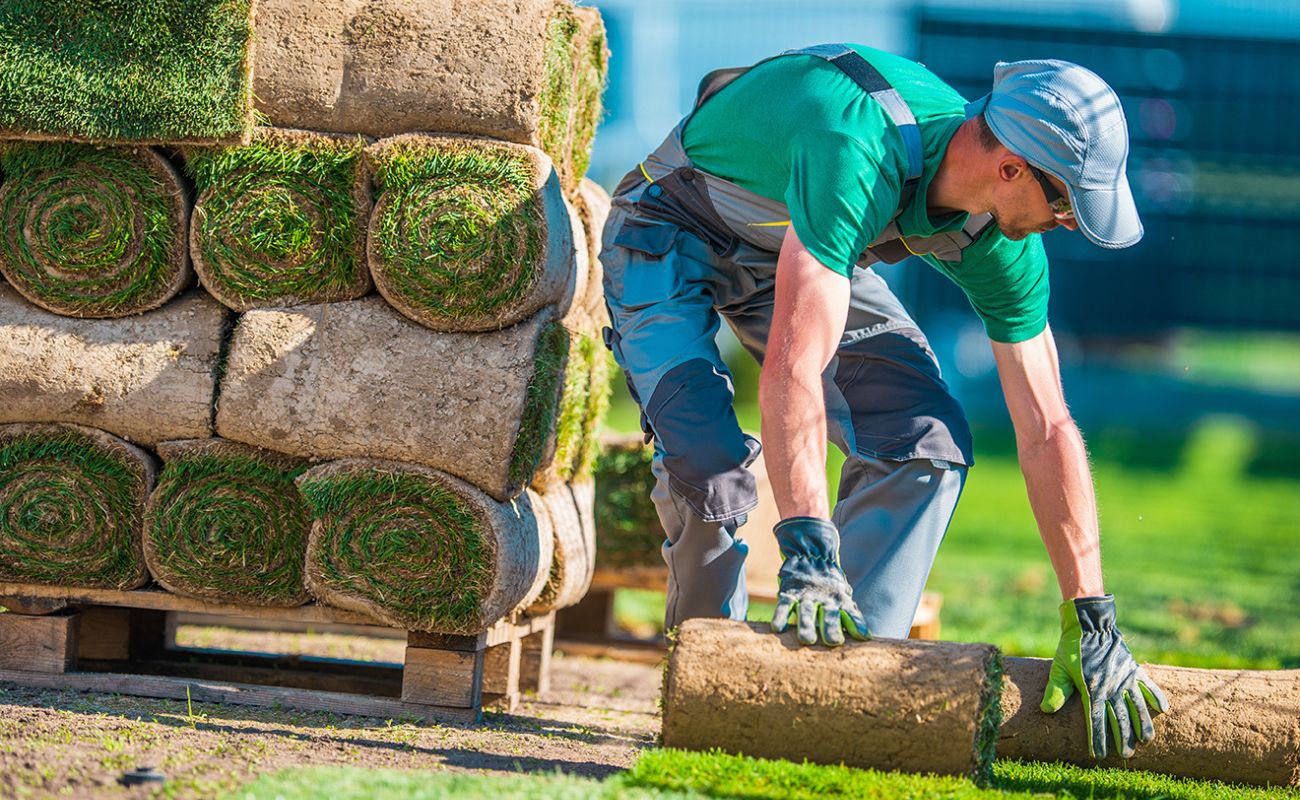
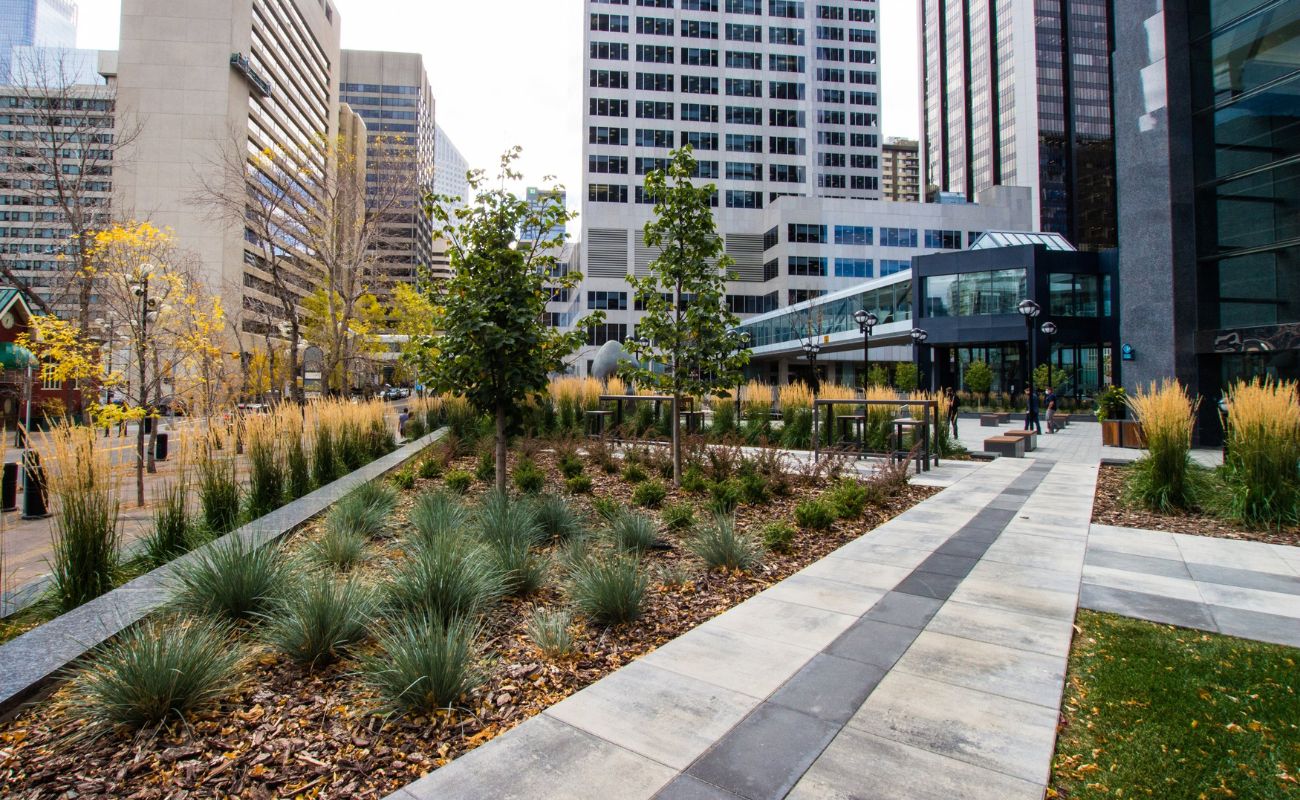
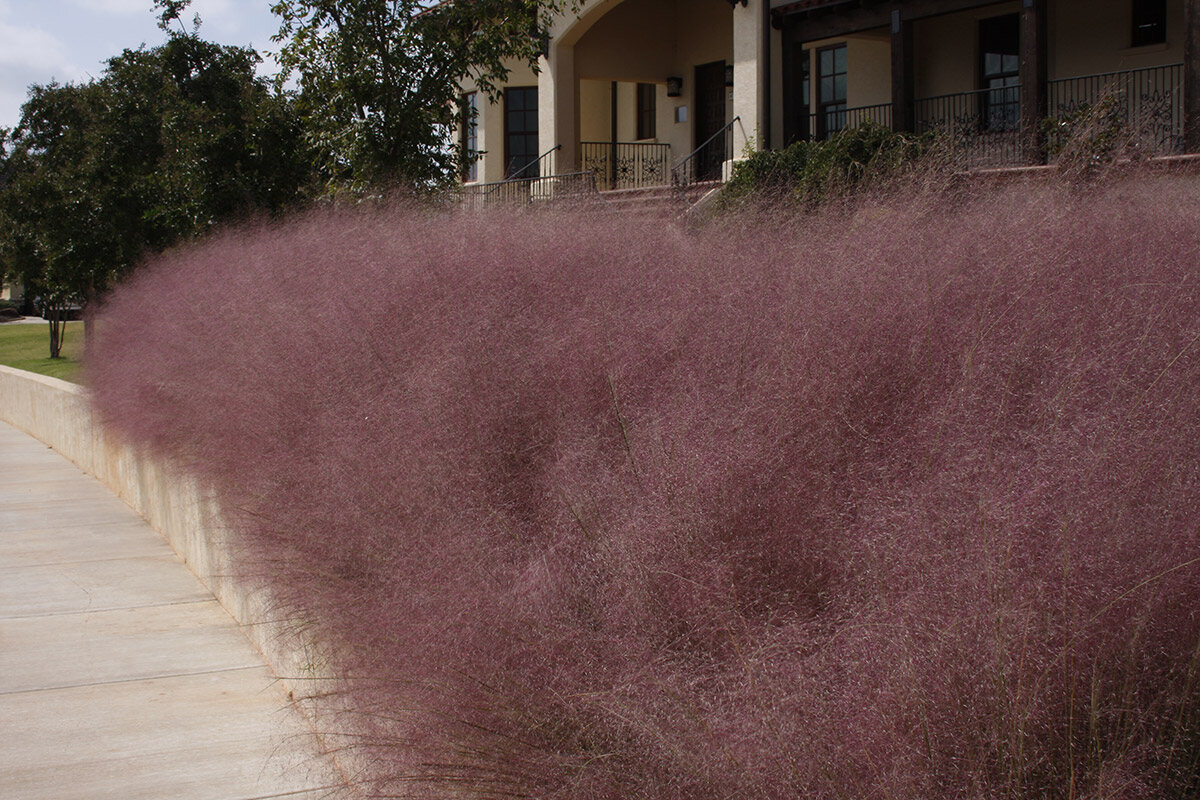
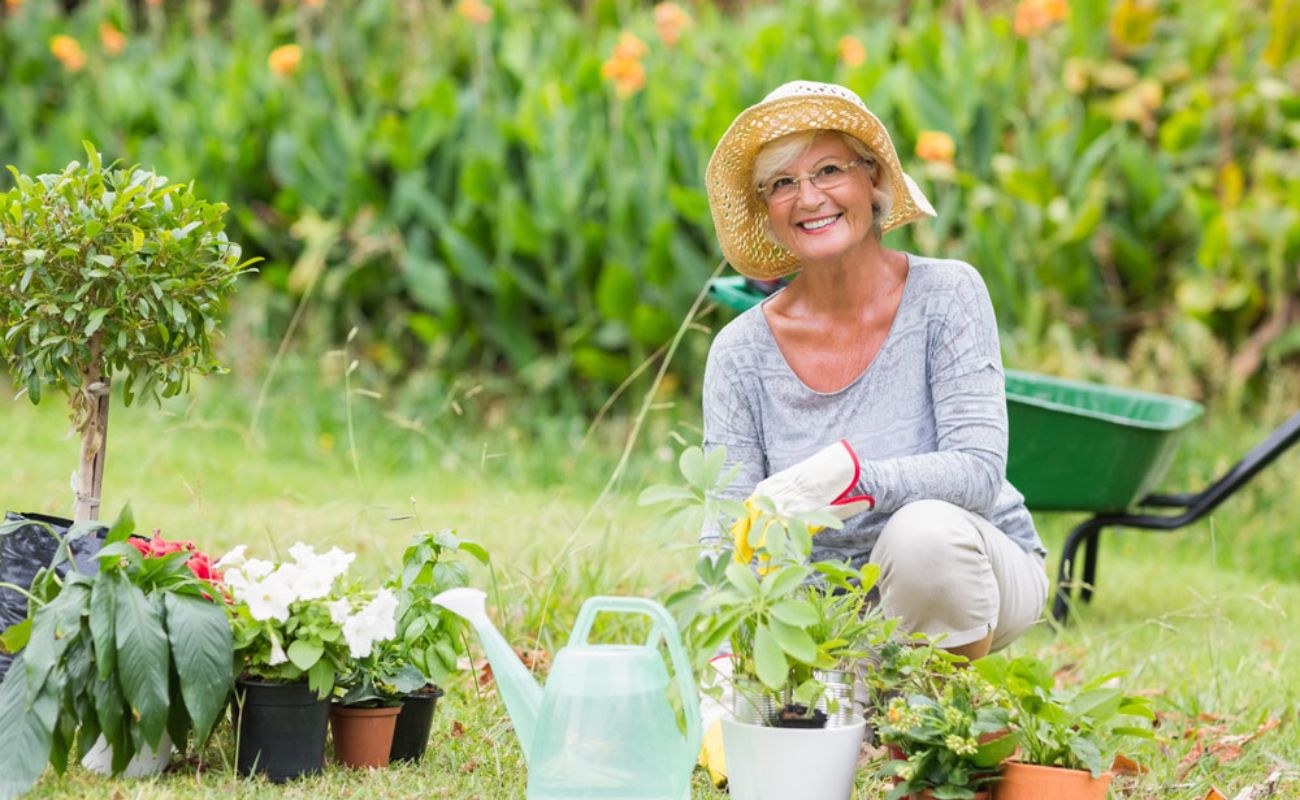

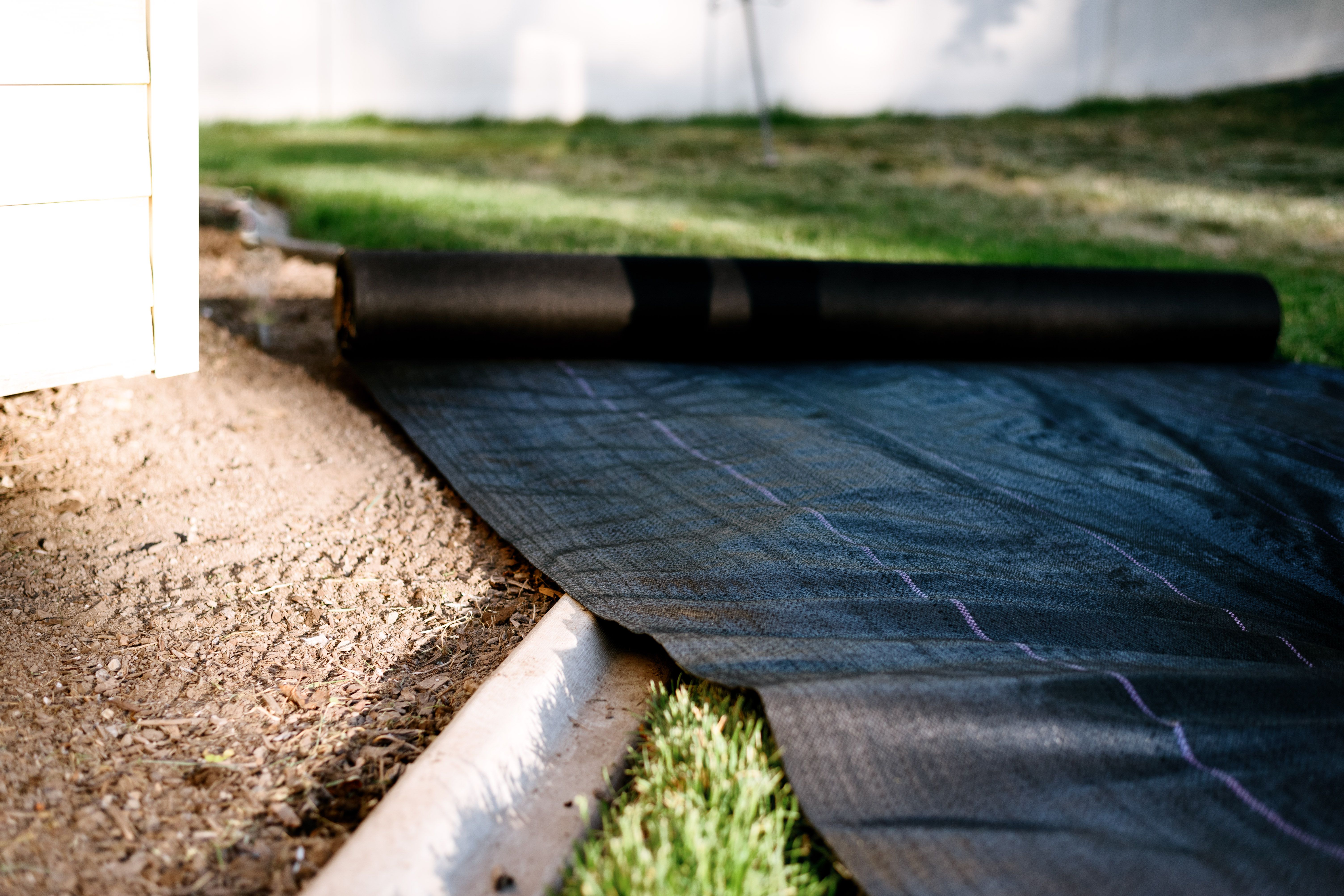

0 thoughts on “What Is Pruning In Landscaping”